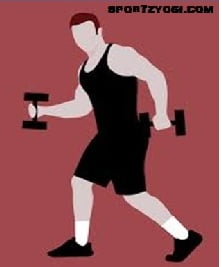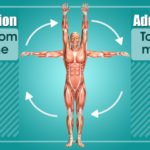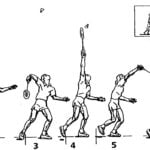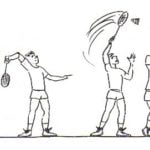AUXILIARY MOVEMENTS
AUXILIARY MOVEMENTS
FLEXION – When we reduce the angle between two bones at a joint or exion refers to a movement that decreases the angle between to body part.


HYPERFLEXION – It is the exion movement of a muscle that extends beyond the body’s normal range. This motion brings two adjacent bones together by reducing the angle of the joint.
EXTENSION – When we increase the angle between two bones at a joint or extension refers to a movement that increases the angle between two body part. Usually a sagittal plane movement.
HYPEREXTENSION – It is the extension of a joint beyond its common range, this is the condition of being hyperextended.
For example – lifting up the weight reduces the angle at the joint > flexion.
-lowering the weight increase the angle at the joint > extension.
DORSIFLEXION AND PLANTAR FLEXION
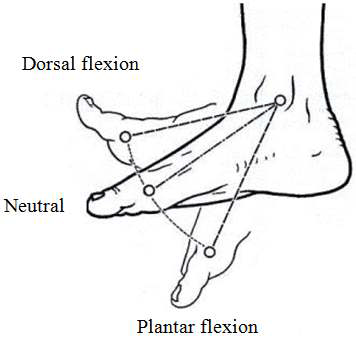

Modified exion with respect to ankle joint
DORSI FLEXION – When we bring the top of the foot toward the lower leg or shin or the action which decreases the angle between the leg and the dorsum of the foot.
PLANTAR FLEXION – When we bring the top of the foot apposite to lower leg or shin or the action which decreases the angle between the back of the leg and the sole of the foot.


It includes Frontal plane movement
ABDUCTION – Moving a segment away from the midline or abduction is any motion of the limbs or other body parts that pulls away from the midline of the body. swinging the arms from the side of the body up to the shoulder or higher than the shoulder is abduction
HYPERABDUCTION – Extreme muscular withdrawal of a limb outward from the body.
ADDUCTION – Moving towards the midline of the body or adduction is the movement of body part towards the body midline. Like, if a person has their arms straight out at the shoulder and brings them down to their sides it is called adduction.
Hint:
Abduct – to take away from the midline
Adduct – to add towards the midline
Example –the motion of the arms and legs during jumping jack.
CIRCUMDUCTION
A cone of movement that does not include any rotation or circumduction occurs when flexion-extension movement is combined with abduction – adduction movement.
Example – Tracing an imaginary circle in the air with your index finger, the tip of the finger represents the base of the cones, while your knuckle from the apex of this conical motion.
ROTATION


Tuning of a bone on its longitudinal axis of rotation is the movement in which something e.g. a bone or a whole limb revolves around a single long axis
PRONATION –SUPINATION


Movement relative to the forearm and hand.
PRONATION – when the palm is moved to face posteriorly
SUPINATION – when the palm is moved to face interiorly like you can hold a bowl of sugar.
https://www.sportzyogi.com/types-of-motion/
AVERSION AND INVERSION
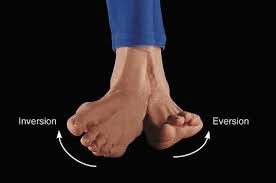

These are the movement which occurs at the ankle joint, referring to the rotation of the foot around its long axis.
INVERSION – It involves the movement of the sole towards the median plane so that the sole faces in a medial direction.
EVERSION – It involves the movement of the sole away from the median plane so that the sole faces in a lateral direction
VARIOUS AUXILIARY MOVEMENTS
https://www.awesomegyan.in/do-you-have-this-gum-disease/

